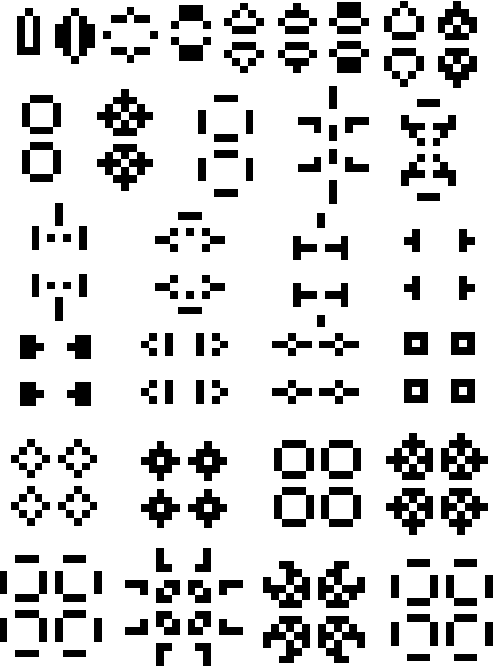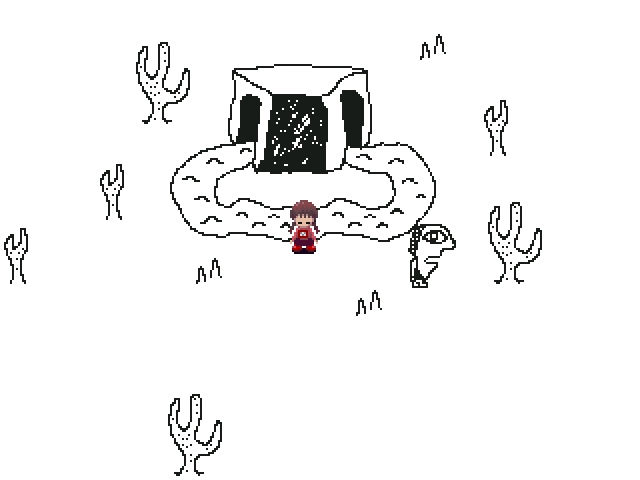If you are not familiarized with this concept, take a look here.
But no worries either way!
Basically, this is a version I made and took some decisions about it. I created a margin of cells that cannot be turned either alive or dead. This cell group represents places the population can’t go to, maybe because of extreme temperature, lack of resources, or geographical constraints. So, the population is isolated. You can create small subpopulations and see rather they interact!
You can also change the rules!! How sick is that? The cells (apart from the ones near the margins) have a maxim of 9 immediate neighbours. The default rules state that a cell will survive into the next generation if it has 2 or 3 neighbours, otherwise it will die. Also, a dead cell with 3 neighbours will become alive (through reproduction). You can change how many neighbours are needed for survival, for reproduction and how many is a lethal amount.
There are two simulation stations, so you can set them differently and compare the outcome.
Click on a cell to make them alive. Click and drag to make a series of them alive. Click again and it will turn dead. After you have stablished the initial conditions, press start and see the live cells interact through the generations!
Something cool about Conway’s game of life is the patterns that emerge. You might see hearts, stars and even faces! Try finding the initial state that produces these predictable outcomes! Then maybe introduce noise and see the “butterfly affect” in action! Now I recommend checking the Wikipedia article again to see how to make “spaceships” (patterns that will move across the simulation grid) and oscillations.
And since you can change the rules of the game in this page, try finding other recurrent patterns!
Tip: if clicking the cell does not change its state, click "reset".
Have fun!

